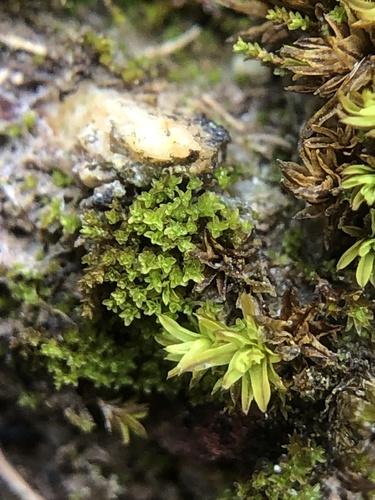
medium.jpg from: https://www.inaturalist.org/taxa/485585-Gymnostomum-viridulum
Exploring the Fascinating World of Gymnostomum viridulum Moss
Introduction
Mosses are some of the most ancient and resilient plants on Earth, having evolved over 400 million years ago. One particularly interesting species is Gymnostomum viridulum Brid., also known simply as Gymnostomum
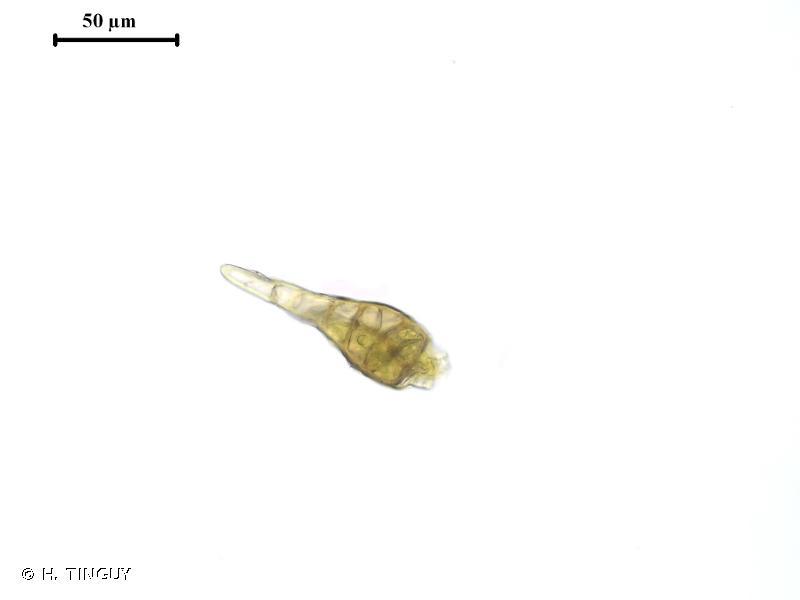
211948.jpg from: https://inpn.mnhn.fr/espece/cd_nom/4696
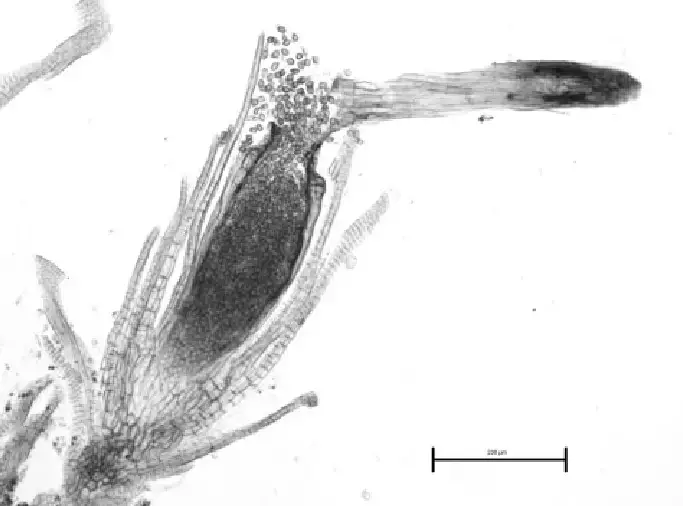
Microtome-preparation-of-a-Gymnostomum-viridulum-shoot-infected-by-the-fungal-parasite.png from: https://www.researchgate.net/figure/Microtome-preparation-of-a-Gymnostomum-viridulum-shoot-infected-by-the-fungal-parasite_fig1_232237502
moss. This tiny but mighty plant belongs to the

West-Bassett-Stamps-Gymnostomum-viridulum-habitat-scaled.jpg from: https://www.britishbryologicalsociety.org.uk/learning/species-finder/gymnostomum-viridulum/
Pottiaceae family and has some remarkable characteristics. In this post, we’ll dive into the details of this fascinating moss.
Background on Mosses
Before we get into the specifics of Gymnostomum viridulum, let’s review some background on mosses in general. Mosses are non-vascular plants in the division Bryophyta. They lack true roots, stems, and leaves, instead having simple structures that serve similar functions. Mosses reproduce via spores rather than seeds and are found in a wide range of habitats worldwide.
Morphology and Identification
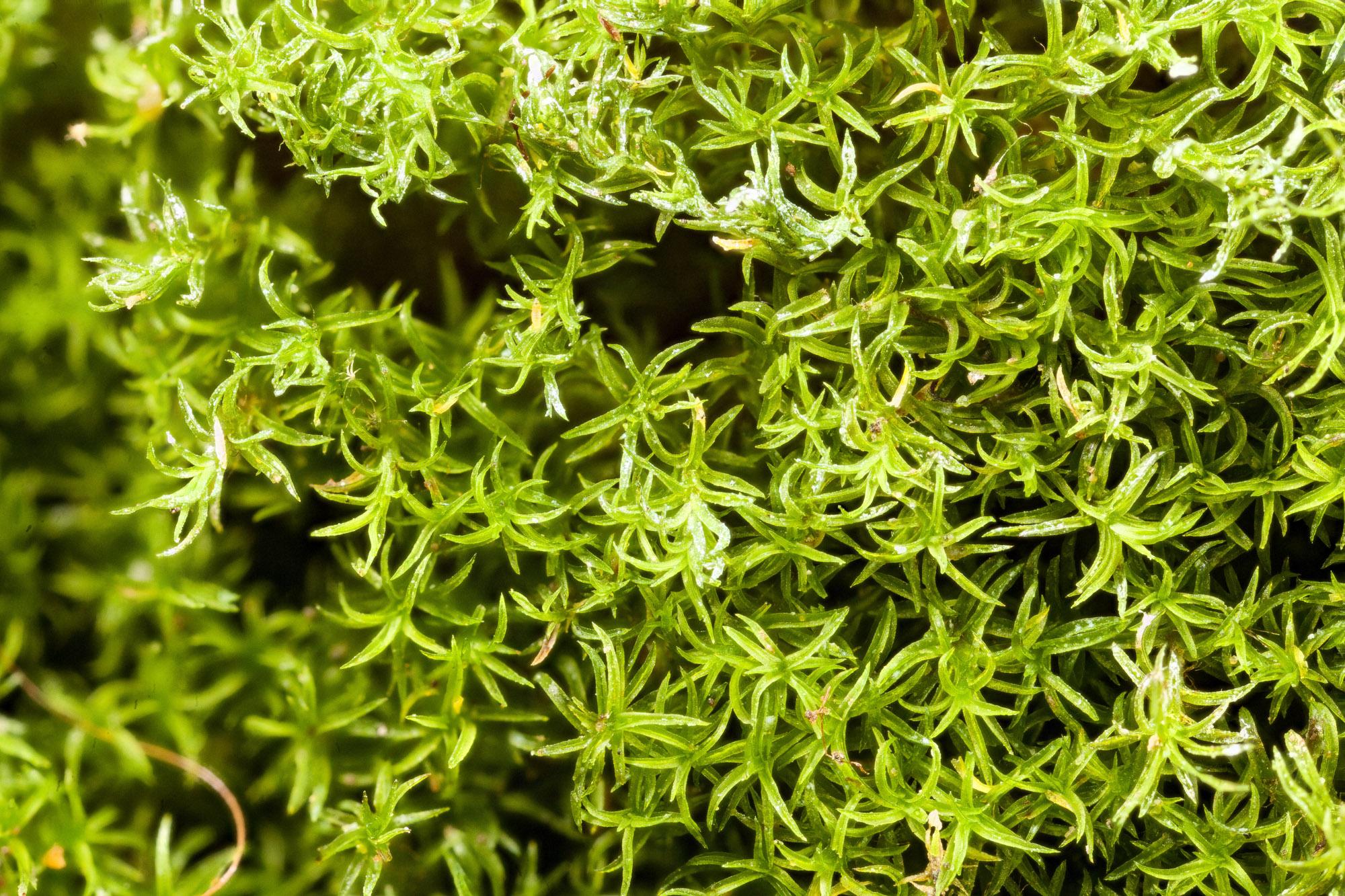
Gymnostomum-aeruginosum.jpg from: https://ohiomosslichen.org/gymnostomum-aeruginosum-4/
Gymnostomum viridulum is a small, tufted moss that typically grows in dense clusters. The individual plants are only 2-10 mm tall
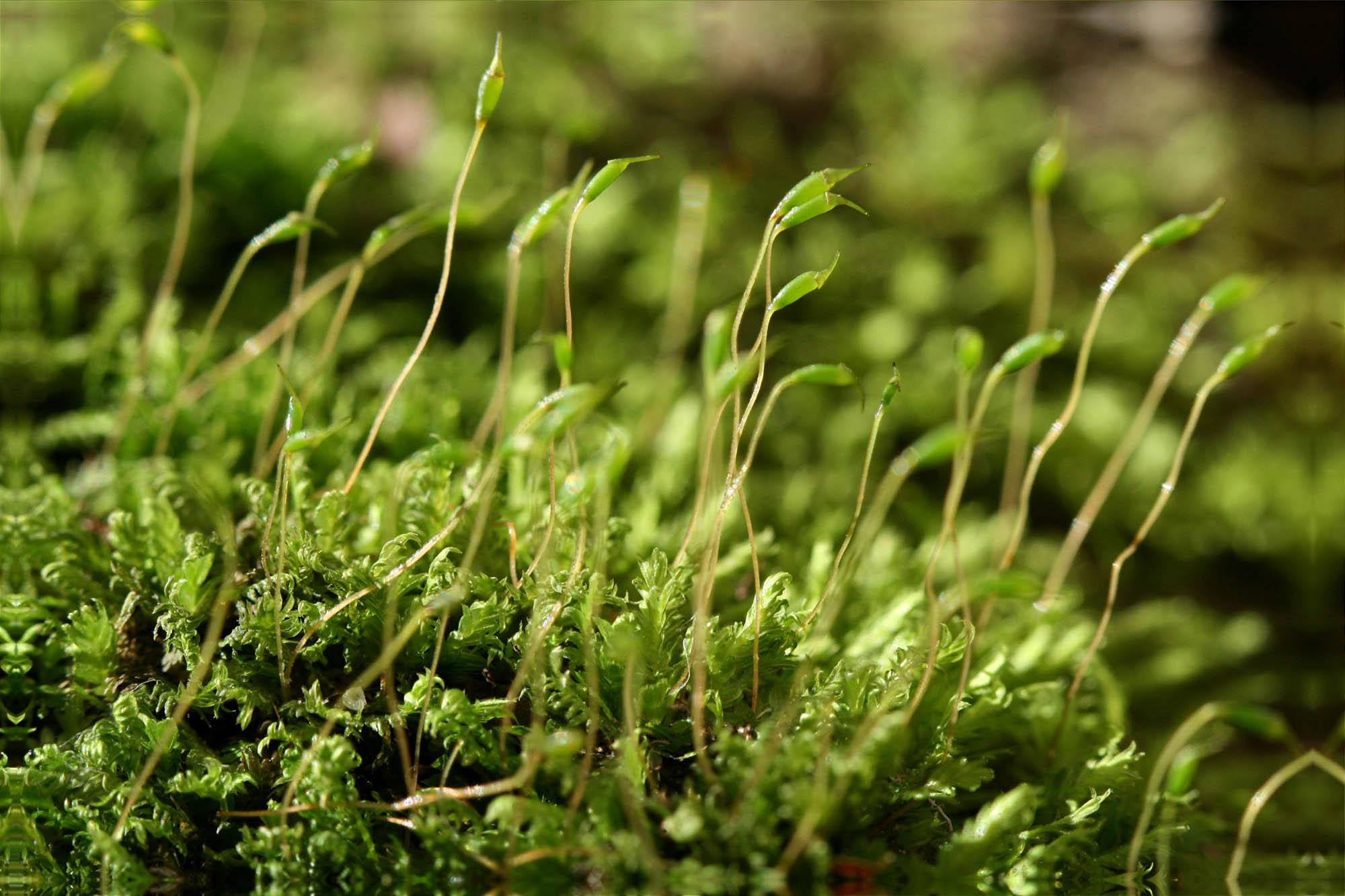
Fissidens-taxifolius-17.jpg from: https://ohiomosslichen.org/moss-fissidens-taxifolius/gymnostomum-aeruginosum-10/
. The leaves are lanceolate (lance-shaped) and have a prominent midrib that extends to the leaf tip. Importantly, Gymnostomum mosses lack a peristome, the ring of tooth-like structures surrounding the mouth of the spore capsule in many other mosses. This is a key identifying feature.
The spore capsules of G. viridulum are ovoid to cylindrical and borne on a short seta (stalk). Capsules mature in the spring to early summer. The specific epithet “viridulum” means greenish, referring to the color of the leaves.
Global Distribution and Habitat
Gymnostomum viridulum has a wide distribution, being found in Europe, Asia, Africa, Australia, and the Americas. It grows on calcareous rocks and soil
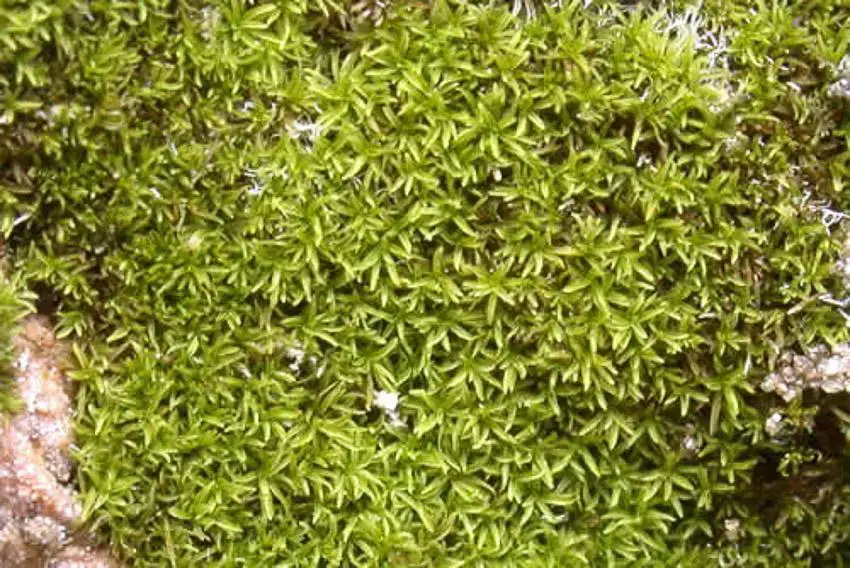
Gymnostomum-calcareum-1.jpg from: https://www.britishbryologicalsociety.org.uk/learning/species-finder/gymnostomum-calcareum/
, such as limestone, in dry to moderately wet habitats. Common sites include rock outcrops, cliffs, old walls, and disturbed soils.
This adaptable moss can tolerate low to moderate light and seasonal drying. In xeric (dry) habitats, the plants often grow mixed with other drought-tolerant mosses and lichens.
Ecological Roles and Adaptations
Like other mosses, Gymnostomum plays important ecological roles:
- Helps retain moisture and prevent erosion
- Provides shelter and food for micro-organisms and invertebrates
- Pioneers the colonization of bare substrates
- Contributes to nutrient cycling and soil formation
G. viridulum has several adaptations for its niche:
- Small size and dense growth conserve moisture
- Thick cell walls and curled leaves resist desiccation
- Spore dispersal enables colonization of disturbed sites
- Rhizoids anchor plants and absorb minerals and water
Conclusion
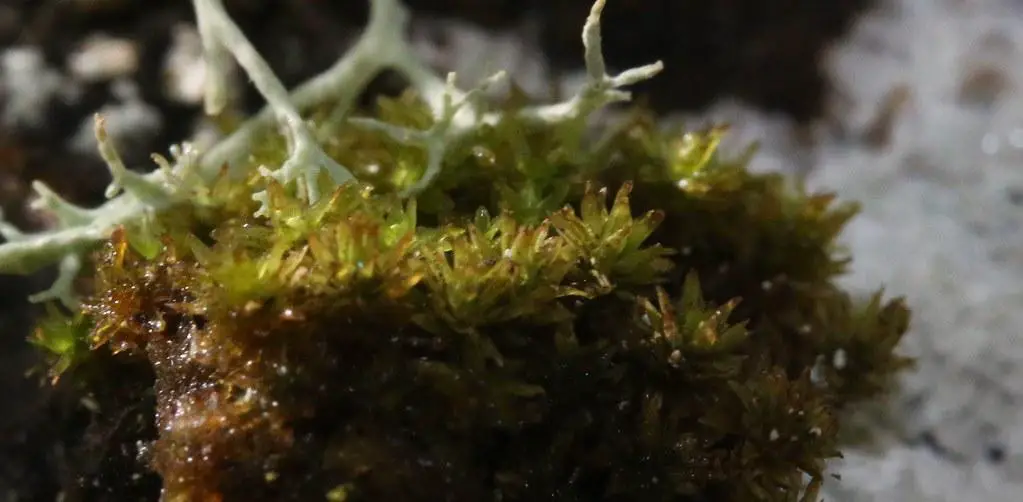
48704730817_16497e29d0_b.jpg from: https://www.flickr.com/photos/bscg/48704730817/
Gymnostomum viridulum is a small but successful moss with a wide distribution. Its ability to grow on calcareous substrates and tolerate dry conditions allows it to fill a unique niche. Next time you see a tuft of greenish moss on a rock or wall, take a closer look – it might be Gymnostomum!

bergrotmose_gymnostomum_aerigunosa4.jpg from: https://www.kristvi.net/lavogmoser/bergrotmose_gymnostomum_aerigunosa.html

Gymnostomum-aeruginosum1-800×533.jpg from: https://ohiomosslichen.org/moss-gymnostomum-aeruginosum/
What other mighty mosses have you encountered? Share your bryological findings in the comments below.